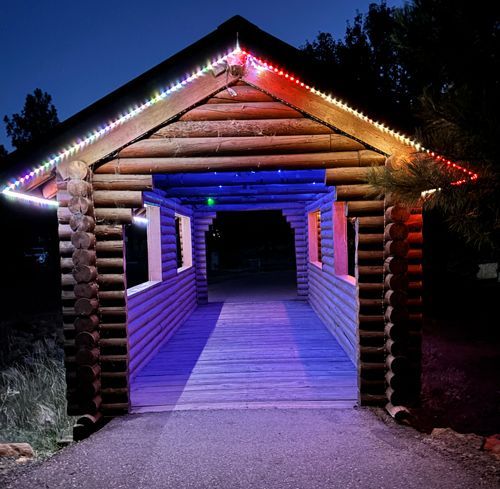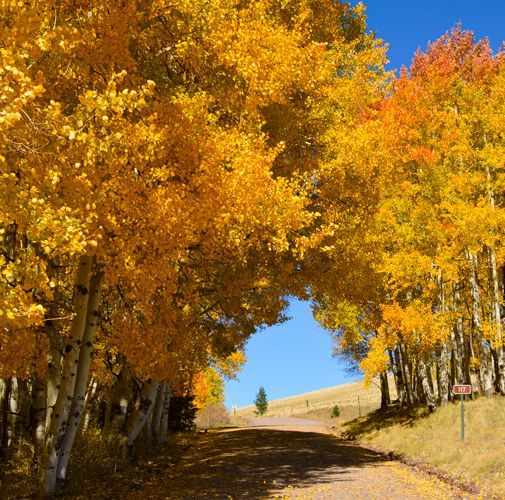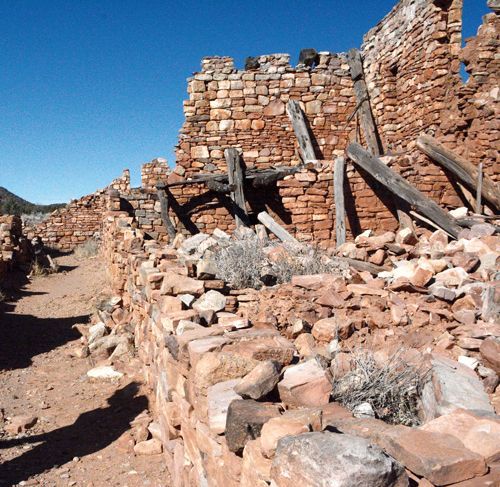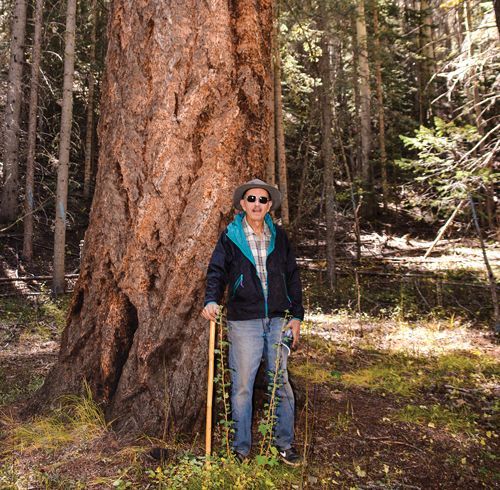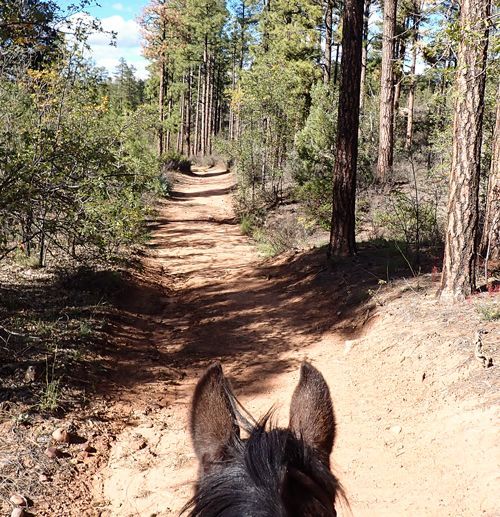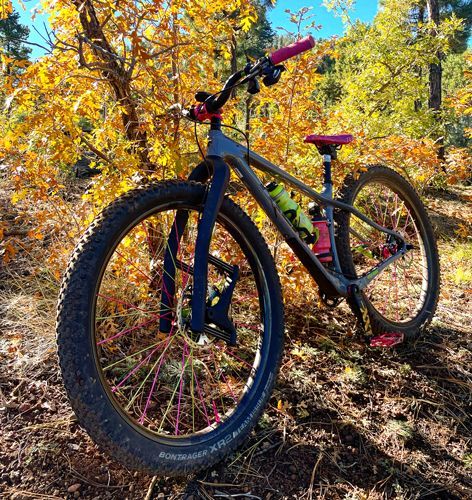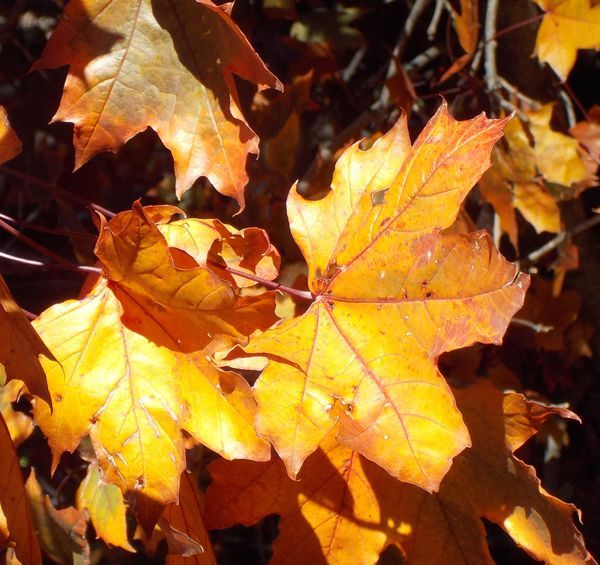The Ancient Ones
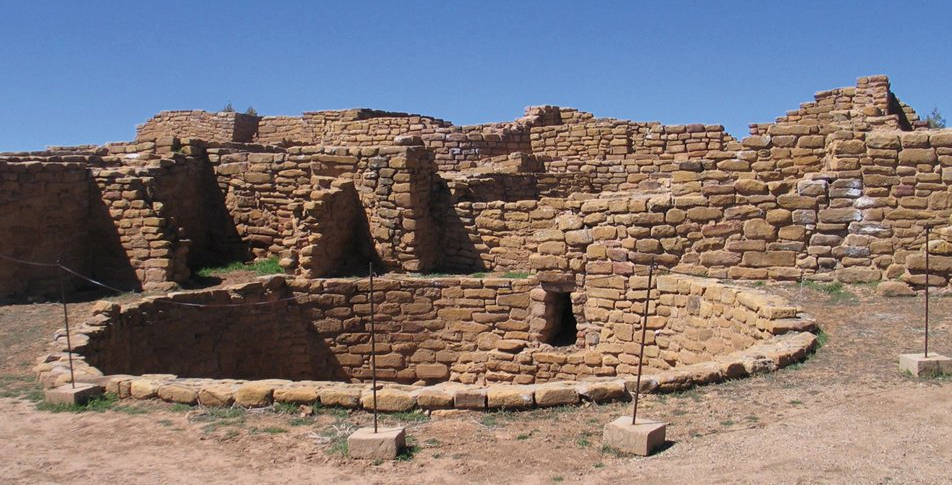
I’m climbing the “Stairway to Heaven” at the Canyon de Chelly on the Navajo Reservation. Fitting my hands and feet into niches carved into the sheer cliff wall almost a millennium ago, I’m suddenly assailed with vertigo. “Don’t look down,” I tell myself. I focus on the sky above me and force my shaking arms and legs to hoist me another few inches. Finally, I reach the top and throw my sweating body prone, kissing the earth. As I rummage in my backpack for a bottle of water, I wonder what it would be like to have to make this trip on a daily basis like the Anasazi did. Maybe that’s why they left?
The Southwest abounds with the remains of ancient civilizations and nowhere are they more evident than in the Four-Corners Region where the states of Arizona, Utah, Colorado and New Mexico share a common border. Canyon de Chelly in Arizona, Chaco Canyon in New Mexico, Hovenweep in Utah and Mesa Verde in Colorado all bear testament to “the ancient ones.” Who were they? Where did they come from? Why, and how, did they build these architectural marvels in the nooks and crannies of sheer cliff walls? Where did they go?
By the time the Navajo and Apache arrived in the Southwest, they were gone -- their rock dwellings the only evidence of their time here. The Navajos named them “Anasazi,” meaning “those who came before,” “the ancient ones” or “ancestral enemy” -- depending on which translation you choose to believe. The Spanish Conquistadors may have sought them as the rumored “Seven Cities of Cíbola.” Modern day archeologists think they have at last pieced together the history and mystery of the Anasazi.
Who were they? They were indeed the ancient ones. Nomadic hunters and gatherers that roamed the Southwest over two thousand years ago. Around 500-700 AD, they began to settle down -- farming corn, squash and beans, building pit houses and manufacturing baskets and pottery. Between 700-900 AD, they began to construct above ground dwellings and, by the end of the first millennium, they were building the elaborate multi-apartment structures we can still see today.
Where did they come from? The easy answer is that they descended from the post Ice Age hunters who entered North America via the Bering Strait around 13,000 years ago. The hard answer is that these theories are still open to debate and change.
Why and how did they build the cliff dwellings we see today? The answer to that question is still a mystery of speculation and theory. Their populations grew, they built elaborate cities and -- just as the Anasazi civilization reached its height, it suddenly collapsed. By 1300 AD, their cities were abandoned and the people disappeared. There are many theories as to what happened to the Anasazi. Some say it was droughts. Some say their populations had grown too large for the arid Southwest environment to continue to support them. Some say their social structures broke down and they began warring with one another which may account for their defensive building style. Some say it’s probably a combination of all these things.
Where did they go? For a long time, the answer to this question puzzled archeologists and anthropologists. Now it is believed that they migrated out -- family by family or tribe by tribe -- to safer and more hospitable lands.
In the end, however, it still remains a mystery as to how and why an entire culture suddenly abandoned home and hearth to move en masse to new regions within the same time period.
This, of course, is a very simplistic thumb-nail history of the Anasazi people. You can learn much more by visiting the many parks and monuments dedicated to the ancient people of the Southwest. There is nothing more exhilarating than climbing a vertical cliff and placing your hands and feet in the very niches used by “those who came before.”

